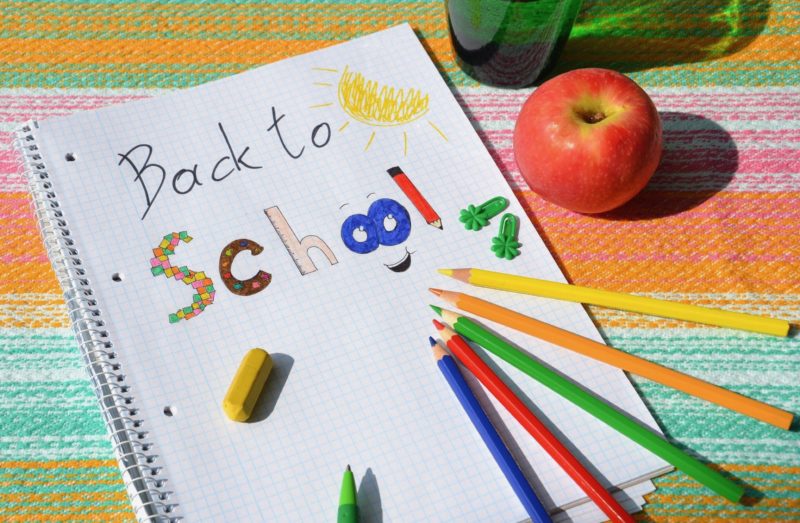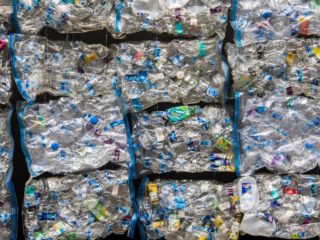The first day of school is just around the corner! As you and your child prepare for that exciting day, take stock of these green back to school tips that are people and planet-healthy.
Remember Your 3 (Green) Rs: Reduce, Reuse, Recycle
Starting with the guiding principle of all green back to school tips — the 3 Green Rs — these waste-reduction strategies will take you far in ensuring an earth-friendly back to school prep.
To start reducing the amount of waste your household produces, take stock of what you already own and reuse what you have: partially-filled notebooks; school supplies or textbooks used by older siblings; old lunchboxes or backpacks that just need a bit of cleaning.
Recycle or donate what you don’t want, or purchase second-hand school supplies, clothing, and textbooks, through And if you’re crafty (I’m not!), consider up-cycling used items to create homemade school supplies.
Eco Friendly School Supplies

You’ve taken inventory of what you have but there are still some school supplies that your child needs. For purchased items, opt for school supplies that use minimal packaging, are made from recycled materials, and are durable enough to last for years. Green That Life’s eco friendly school supplies post covers everything from backpacks, paper and writing products, and even environmentally-friendly binders.
If, instead of online shopping, you decide to head to the store for your back to school needs, keep your shopping trip green by grabbing your reusable shopping bag before you leave the house!
A Green Back to School Wardrobe That’s Also Good for Your Wallet
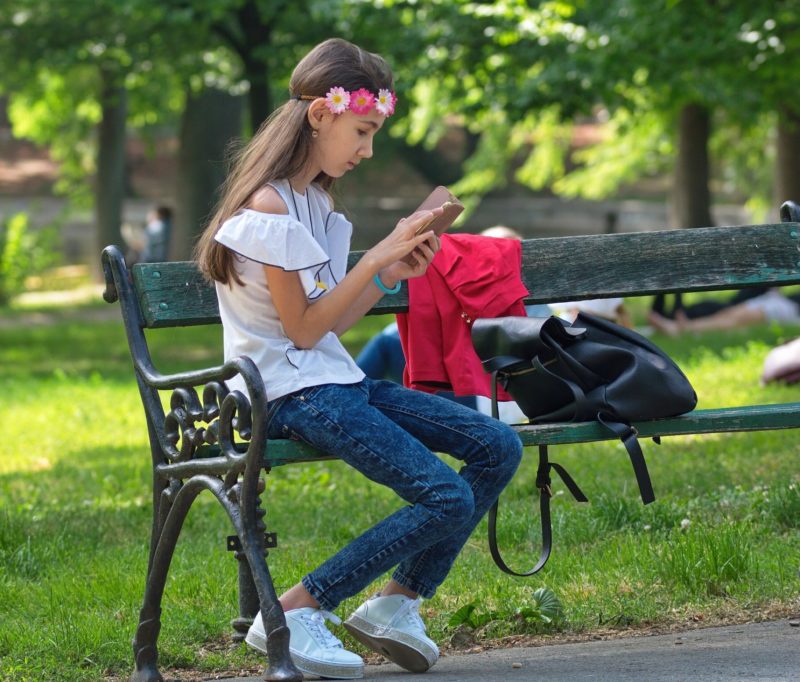
The used clothing market has exploded, offering your child, regardless of age, an abundance of pre-owned clothing options, from online thrift stores and social media platforms to high-end resale sites.
While earth-friendly, the second-hand clothing route to school clothing is also budget-friendly with deals to be had for fashionable, pre-loved items. My post on the best online used clothing sites will get your child started with an affordable and stylish back to school wardrobe.
Another way to stay green is to dispose of the clothing your child has outgrown in an environmentally responsible way. Depending on the condition of the used clothing, you can donate, swap, or sell gently used clothing, while up-cycling or recycling worn or unwanted threads.
Live Near School? Walk or Bike!
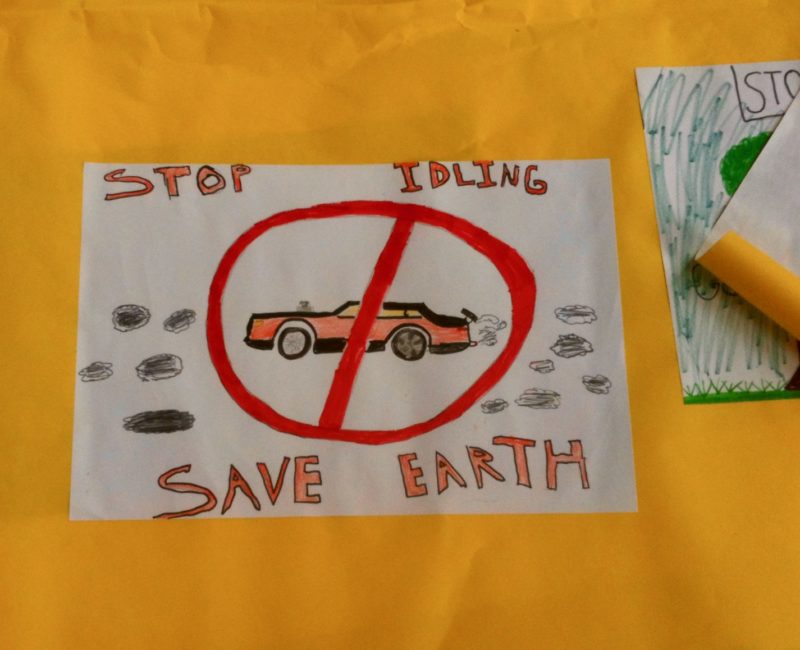
If you live near your child’s school, get him/her started on the right foot by walking or biking to school. It can also be the healthiest option while helping relieve congestion for those students who must rely on public transportation.
One way to make the walk to school fun is to enlist others to join through an (appropriately socially-distanced) walking school bus. This simple concept involves a few adults supervising a group of children on their walk to school. A variation to the walking school bus is a bicycle train. In all instances, stay safe while heading to school, and for the 2020 school year, take additional measures to keep adults and students safe.
During a normal school year, the school bus and carpooling with others are environmentally friendly transportation modes to minimize greenhouse gas emissions and reduce air pollution. If you need to drive your child to school, turn the engine off while waiting in the pick-up or drop-off line. Car idling, even for a short period of time, is a major contributor to air pollution and can become costly with all that wasted fuel.
Feeling ambitious? Lobby your school district to start a Safe Routes to School program. SRTS is an approach that promotes walking and bicycling to school through infrastructure improvements, enforcement, tools, safety education, and incentives. Along with technical assistance, SRTS districts receive funding to implement their SRTS initiatives.
Pack a Waste-Free Lunch
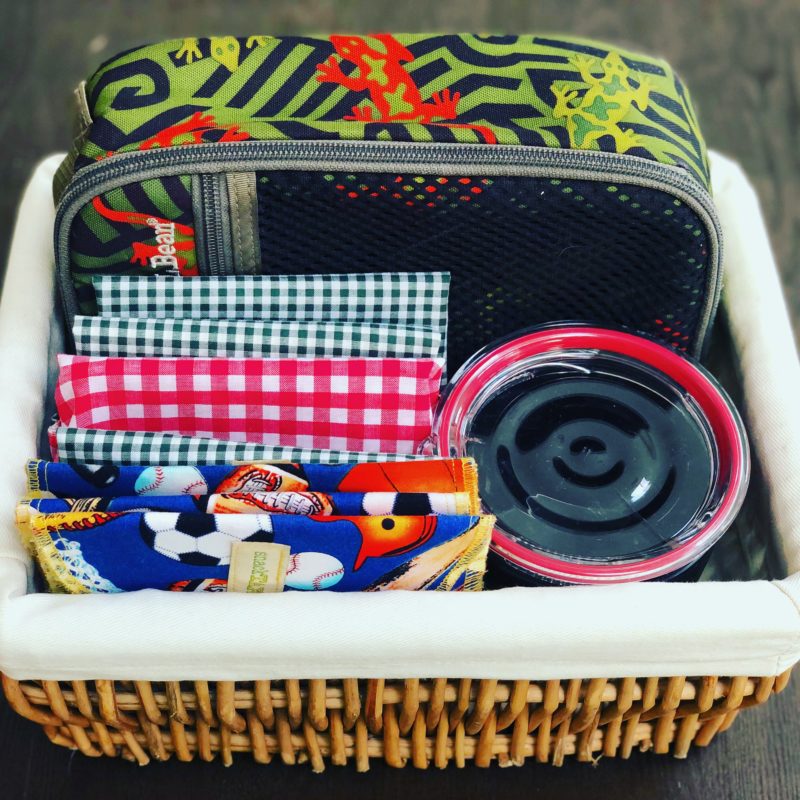
One of the simpler green back to school tips is one that’s also affordable: pack a waste-free lunch. Instead of relying on single-use disposable containers and bags, use reusable, long-lasting alternatives for utensils, food containers, beverages, even straws.
While we’re on the subject, let’s talk about those single-serve snack packs. Yes, they’re convenient, but all that plastic packaging from individually-wrapped snack foods is made from non-renewable fossil fuels and can’t be recycled. They’re used for a few minutes before being tossed in the garbage or left to pollute our environment. Instead of purchasing pre-packaged snacks, buy in bulk quantities. It’s so simple to store snacks in large containers at home and then use reusable snack pouches, like rezip or ChicoBag.
An additional benefit of a packed lunch and snacks: They’re vastly cheaper than purchased food. If your kids prefer to purchase their lunch or snacks, you can still minimize the waste by having them bring their reusable utensils (and straws) to school instead of using disposable cutlery.
Climate-Friendly Food Choices

Many of these green back to school tips focus on waste reduction. Equally important – and related to a low-waste lifestyle – is to focus on minimizing your carbon footprint. Carbon footprint is the “mark” humans leave on the environment in the form of greenhouse gas emissions associated with an activity, and are a major contributor to climate change.
In general, animal-based products that needlessly waste natural resources in their production carry a higher carbon footprint than plant-based foods. By introducing more plant-based foods into your child’s school lunch you’ll be helping the planet and providing a nutritional meal for your child! And since you control the ingredients, most likely those whole foods will be a healthier alternative to fast- or take-out foods.
Another way to help the planet with your food choices is through portion control. A recent World Wildlife report estimates that U.S. school food waste totals 530,000 tons per year and costs as much as $9.7 million a day to manage. Food waste is a staggering problem, particularly in the U.S., and a chief contributor to greenhouse gas emissions. In fact, if food waste were a country, it would be the third-largest emitter of greenhouse gases. Do your part to help reduce food waste by controlling meal portion sizes and safely storing uneaten food.
Promote a Green Lifestyle

Well done! You’re leading by example and modeling a green lifestyle for your child to emulate. Through your words and everyday actions — whether it’s consistently leaving the house with your reusable bags or reading environmental books to your child — you’re helping her develop earth-friendly habits. And it’ll only be a matter of time before your child will be telling you how to live an eco friendly life!

